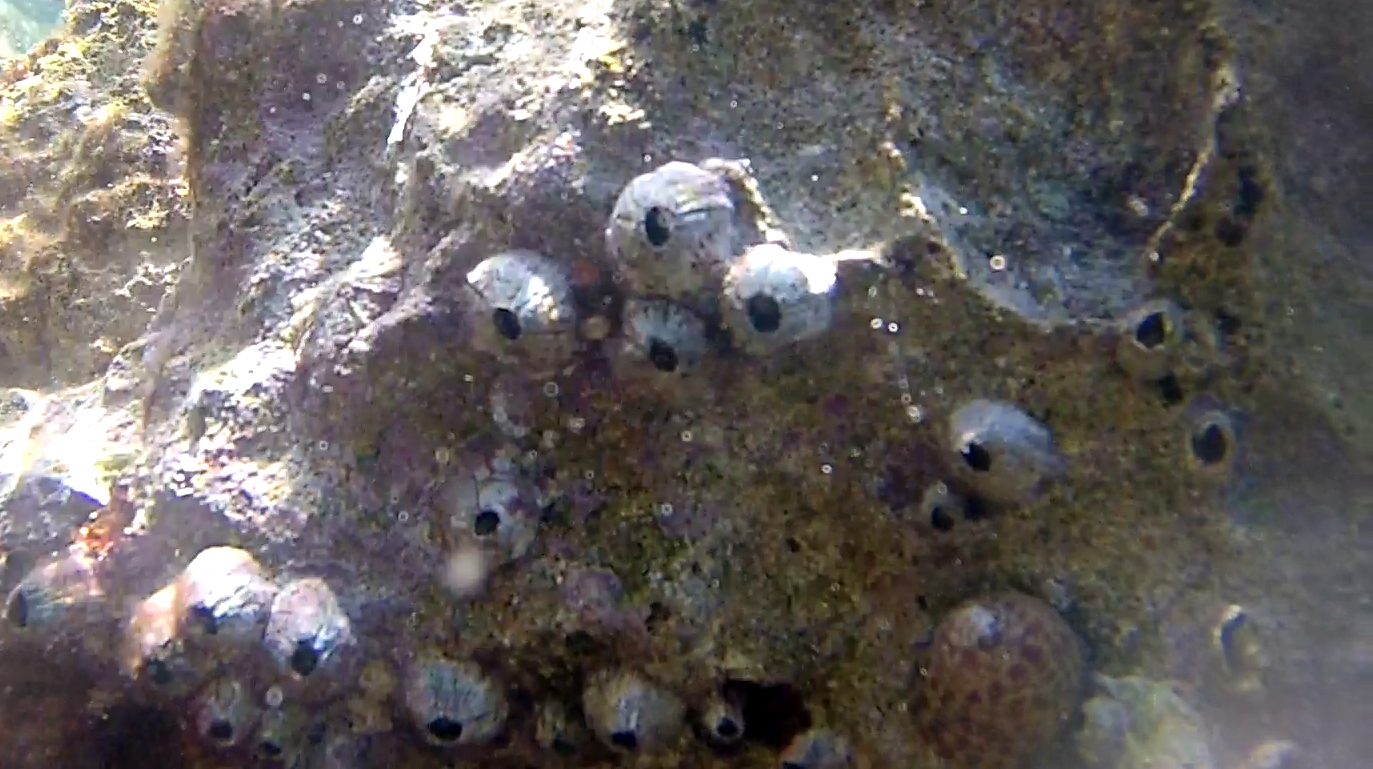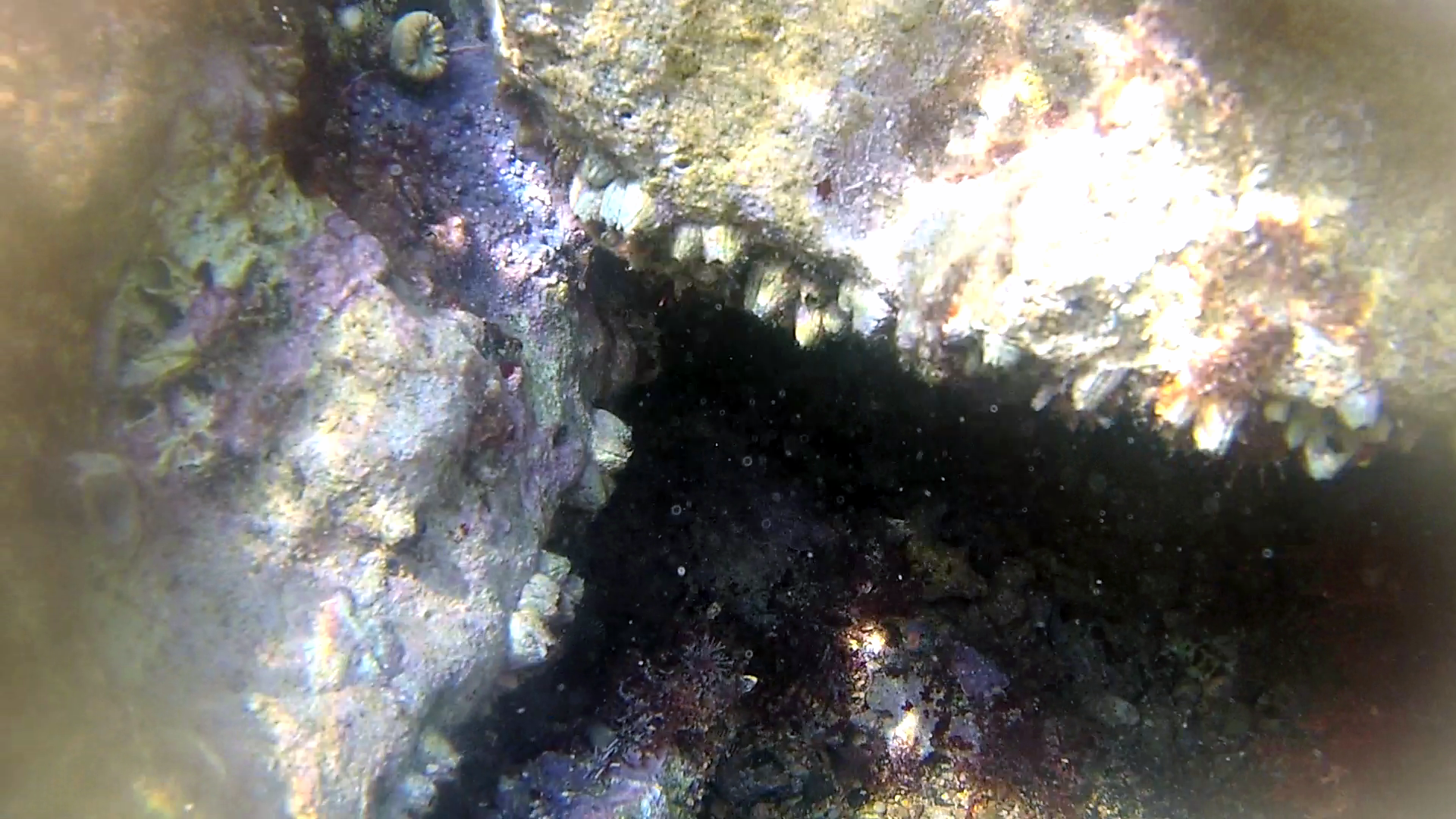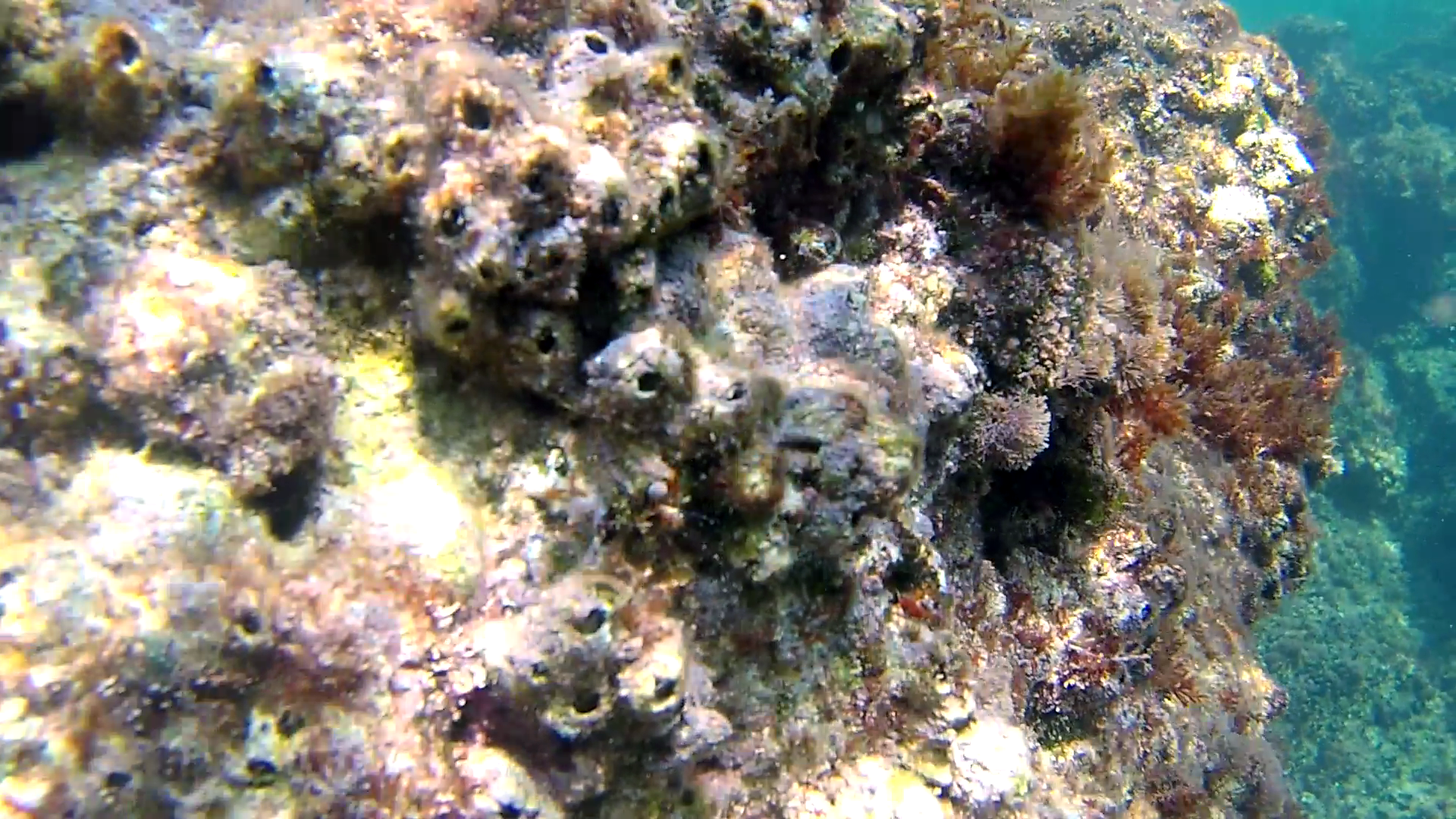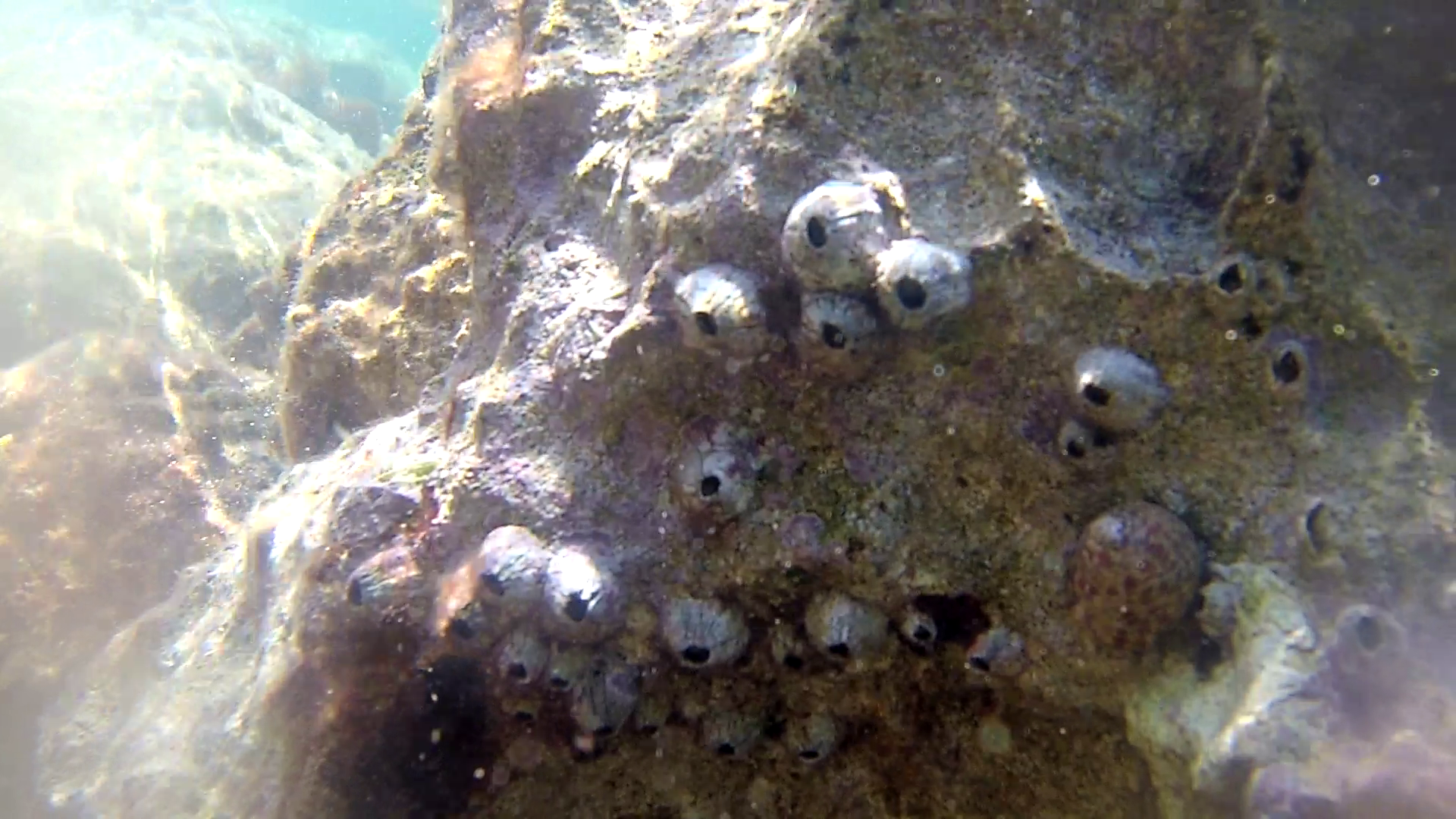Balani - Thoracica
Thoracica is a superorder of crustaceans which contains the most familiar species of barnacles found on rocky coasts, such as Semibalanus balanoides and Chthamalus stellatus. They have six well-developed limbs, and may be either stalked or sessile. The carapace is heavily calcified. Barnacles are exclusively marine, and tend to live in shallow and tidal waters, typically in erosive settings. They are sessile (nonmobile) suspension feeders, and have four nektonic (active swimming) larval stages. Around 1,000 barnacle species are currently known. Balani Thoracica crustacea crostacei intotheblue.it

Barnacles are encrusters, attaching themselves temporarily to a hard substrate. The most common, “acorn barnacles” are sessile, growing their shells directly onto the substrate. The order Pedunculata (goose barnacles and others) attach themselves by means of a stalk. Free-living barnacles are attached to the substratum by cement glands that form the base of the first pair of antennae; in effect, the animal is fixed upside down by means of its forehead. In some barnacles, the cement glands are fixed to a long, muscular stalk, but in most they are part of a flat membrane or calcified plate. A ring of plates surrounds the body, homologous with the carapace of other crustaceans. These consist of the rostrum, two lateral plates, two carinolaterals, and a carina. In sessile barnacles, the apex of the ring of plates is covered by an operculum, which may be recessed into the carapace. The plates are held together by various means, depending on species, in some cases being solidly fused.

Inside the carapace, the animal lies on its stomach, with its limbs projecting downwards. Segmentation is usually indistinct, and the body is more or less evenly divided between the head and thorax, with little, if any, abdomen. Adult barnacles have few appendages on their heads, with only a single, vestigial pair of antennae, attached to the cement gland. The eight pairs of thoracic limbs are referred to as “cirre”, which are feathery and very long, being used to filter food, such as plankton, from the water and move it towards the mouth.

Barnacles have no true heart, although a sinus close to the esophagus performs a similar function, with blood being pumped through it by a series of muscles. The blood vascular system is minimal. Similarly, they have no gills, absorbing oxygen from the water through their limbs and the inner membrane of their carapaces. The excretory organs of barnacles are maxillary glands.

The main sense of barnacles appears to be touch, with the hairs on the limbs being especially sensitive. The adult also has three photoreceptors (ocelli), one median and two lateral. These photoreceptors record the stimulus for the barnacle shadow reflex, where a sudden decrease in light causes cessation of the fishing rhythm and closing of the opercular plates. The photoreceptors are likely only capable of sensing the difference between light and dark. This eye is derived from the primary naupliar eye.
(extract from Wikipedia)
https://www.intotheblue.it/2020/06/01/balani-o-denti-di-cane/
